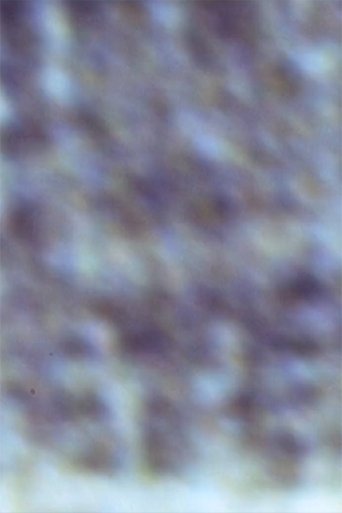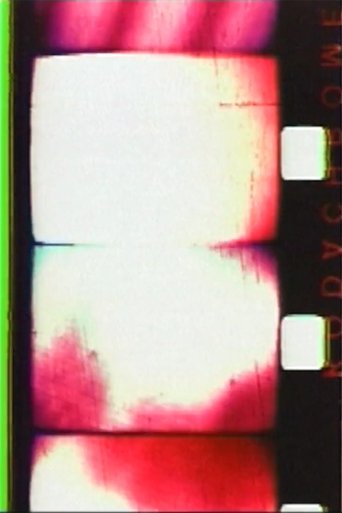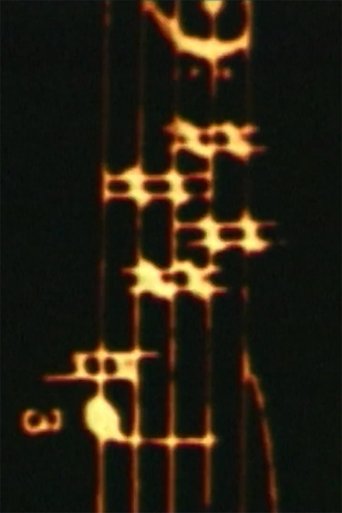Fragmentos para una historia del otro cine español
May 24, 2010Documentary about the history of experimental cinema in Spain. FRAGMENTS is a historical survey of “the other” Spanish Cinema — films that brazenly explored their artistic, poetic and conceptual potential. Spanish experimental cinema can be glimpsed in a series of important yet isolated events that FRAGMENTS compiles through various firsthand accounts, film excerpts and documents. For the first time in Spain, a documentary brings together the most relevant of a cinema that is slowly losing its invisibility.
Documentary







![QR Code/Film [#3]](https://image.tmdb.org/t/p/w342/dwaykhtMkpYcwh5c292CRe1CojJ.jpg)
![QR Code/Film [#2]](https://image.tmdb.org/t/p/w342/2Zc6ISjRw5zLvNiJJ5cCytEVUBn.jpg)

